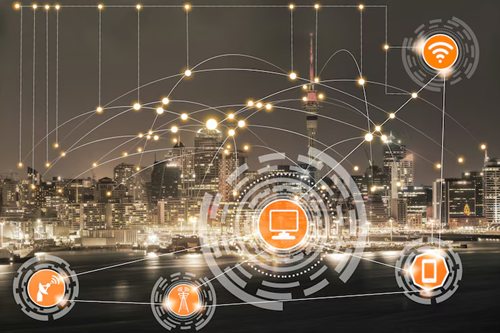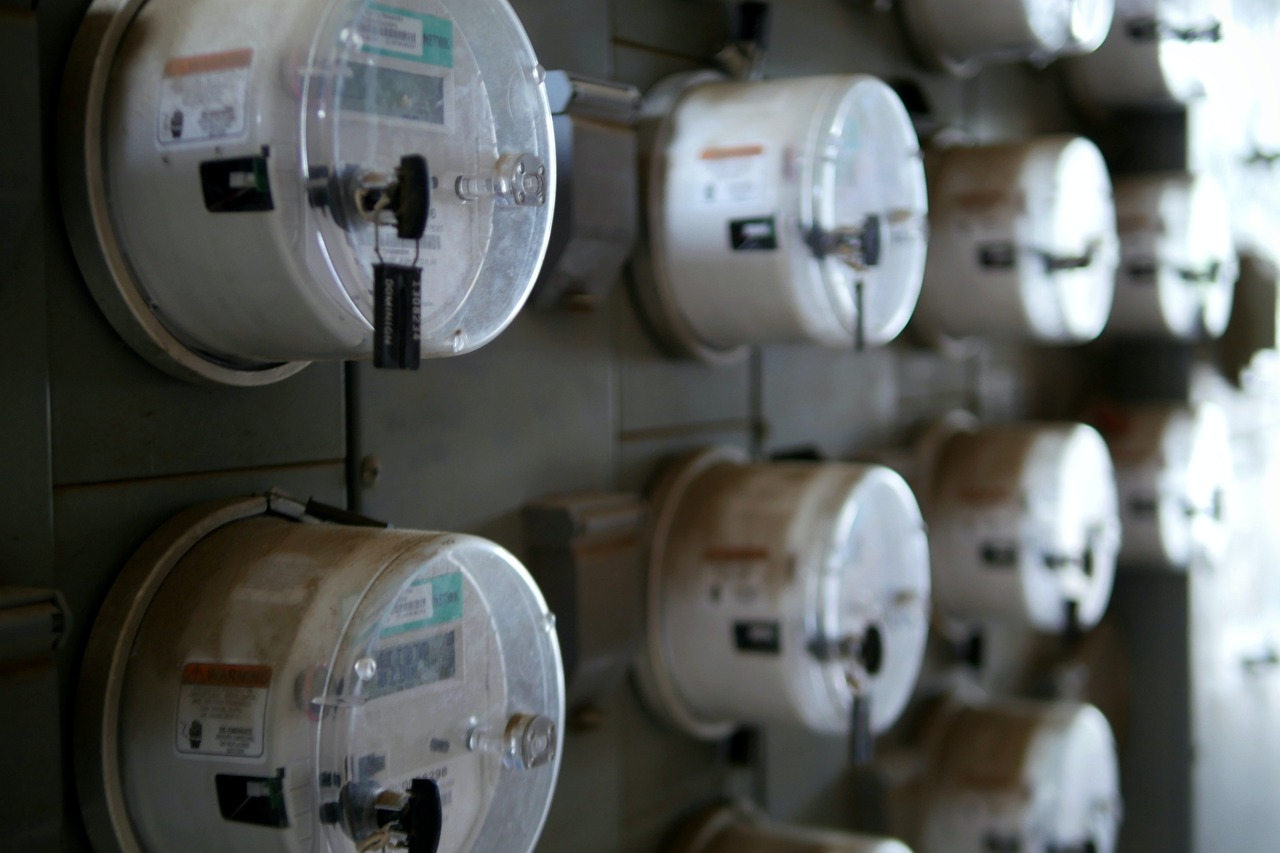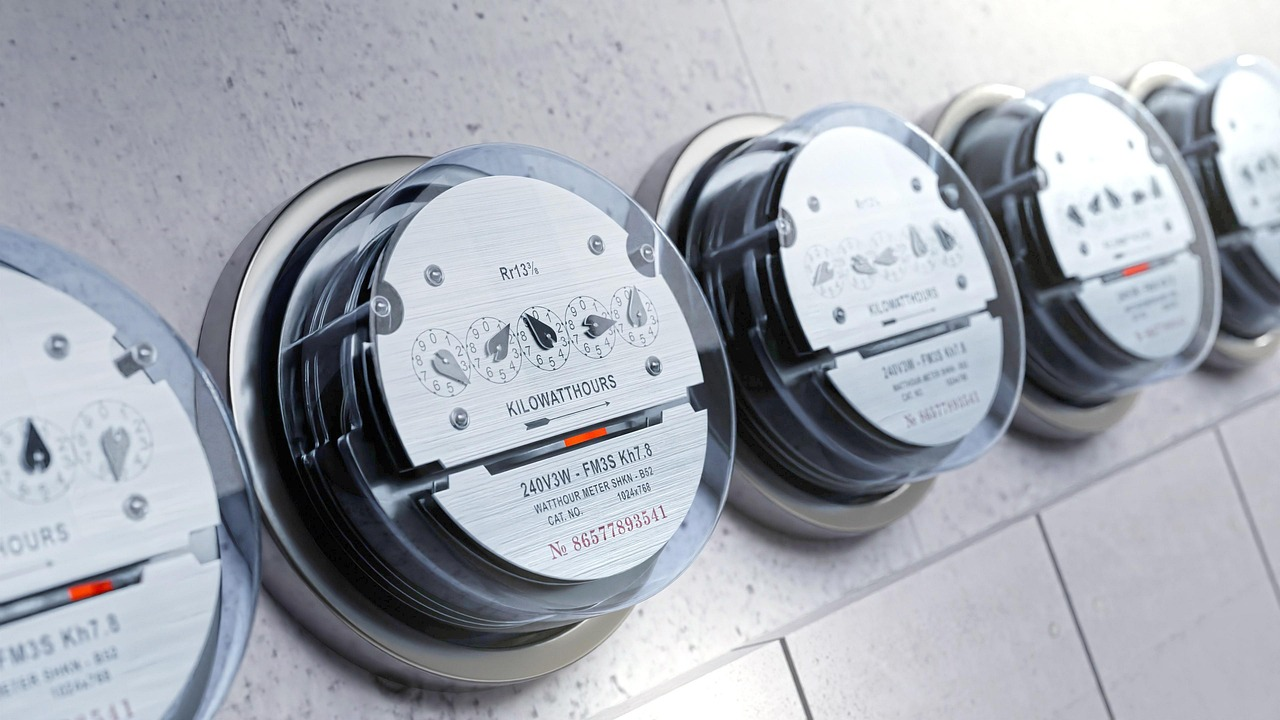Real-Time Weather Monitoring Using IoT: The Smart Solution
-
March 8, 2022
-
6 min read

IoT-based weather monitoring systems have revolutionised the tracking and response to meteorological conditions. These systems provide real-time, accurate, and actionable weather insights across various sectors using interconnected sensors, cloud platforms, and advanced analytics.
A smart weather monitoring system powered by IoT boosts decision-making, safety, and resource use in various sectors. This article examines the core architecture, benefits, and real-world applications of an IoT weather reporting system.
How IoT Powers Real-Time Weather Monitoring
The core architecture of an IoT-based weather monitoring system consists of the following components:
- Sensors: Devices that measure specific weather parameters such as temperature, humidity, wind speed, rainfall, and air quality. These sensors continuously collect data from multiple locations.
- Gateways: Collect sensor data and transmit it to cloud servers using wireless protocols like Wi-Fi, LoRaWAN, or cellular networks.
- Cloud Platforms: Centralised storage and analytics infrastructure that processes real-time and historical weather data, enabling visualisation, alerting, and integration with other systems.
- User Interfaces: Dashboards, mobile apps, or APIs that provide end-users with instant access to weather insights, forecasts, and alerts.
The data flow process in the weather monitoring system using IoT can be summarised as follows:
- Sensors collect weather data at set intervals.
- Gateways relay the data to cloud servers.
- Cloud-based analytics process and visualise the data, generating alerts when thresholds are breached.
- Users access real-time updates and historical trends through web or mobile interfaces.
To support this seamless data flow, appropriate wireless communication protocols are critical.
Wireless Communication Protocol
Wireless communication enables seamless data transmission between sensors, gateways, and cloud platforms. The appropriate protocol depends on range, power consumption, and data requirements. Common options include:
- Wi-Fi: Ideal for urban or indoor deployments with reliable power and connectivity.
- LoRa/LoRaWAN: Long-range, low-power protocol suitable for rural or remote locations.
- NB-IoT/LTE-M: Cellular IoT protocols offering wide coverage and low power consumption.
- Zigbee/Bluetooth: Used for short-range, low-power sensor clusters within buildings or campuses.
IoT-Based Weather Monitoring System Block Diagram
A typical weather monitoring system using an IoT block diagram includes:
- Sensors: A suite of IoT devices that measure temperature, humidity, barometric pressure, wind speed/direction, rainfall, UV index, and more.
- Microcontroller: A programmable chip (e.g., Arduino, Raspberry Pi) that interfaces with sensors and manages data transmission.
- Wireless Module: A communication interface (e.g., Wi-Fi, LoRa, NB-IoT) that connects the microcontroller to the internet.
- Power Supply: A reliable power source, often solar-powered with battery backup, to ensure continuous operation.
- Enclosure: A weatherproof housing that protects the electronics from the elements.
This modular architecture ensures scalability and resilience, allowing for easy expansion to new locations or integration of additional sensors.
Sensors Used in IoT Weather Systems
IoT weather reporting systems employ a variety of sensors to capture comprehensive meteorological data:
- Temperature Sensors: Measure ambient temperature using thermistors or digital sensors like DS18B20.
- Humidity Sensors: Track relative humidity with capacitive or resistive sensors such as DHT22 or SHT31.
- Barometric Pressure Sensors: Monitor atmospheric pressure for weather prediction, often using BMP280 sensors.
- Rain Sensors: Detect rainfall amount and intensity using tipping bucket, optical, or capacitive sensors.
- Wind Sensors: Measure wind speed and direction with anemometers and wind vanes.
- UV/Light Sensors: Monitor solar radiation and UV index for environmental and health monitoring.
- Air Quality Sensors: Measure pollutants like PM2.5, PM10, CO, NO2, and O3, especially in urban deployments.
Real-World Applications of IoT Weather Monitoring
IoT-based weather monitoring systems offer transformative benefits across industries:
Agriculture
Farmers use real-time weather data for precision irrigation, crop protection, and harvest optimisation. This leads to higher yields and reduced resource waste. A case study on an IoT system for weather monitoring in Maharashtra showed significant improvement in water usage and crop planning.
Smart Cities
Municipalities use smart weather monitoring systems to manage traffic, energy consumption, and public safety. Real-time data supports heat island monitoring, pollution tracking, and emergency response planning. A recent case study on a weather monitoring system using IoT in Delhi showcased enhanced pollution tracking and citizen alerts.
Disaster Management
Authorities receive early warnings for storms, floods, and other natural disasters, enabling timely evacuations and resource deployment. A case study on IoT-based weather monitoring systems in flood-prone areas highlighted improved disaster response and risk mitigation.
Transportation
Weather monitoring systems using IoT improve road, rail, and air traffic management by providing real-time updates on conditions. This reduces delays, enhances safety, and optimises routing based on weather forecasts. A case study on a weather monitoring system using an IoT block diagram highlighted its impact on airport runway safety protocols.
Energy Sector
Smart Utilities use an IoT-based weather forecast monitoring system to anticipate demand spikes, manage renewable energy integration, and prevent outages. Smart weather monitoring systems help optimise grid operations and energy distribution. Case studies on IoT design methodology for weather monitoring systems illustrate how predictive insights aid energy distribution.
Key Benefits of IoT in Weather Monitoring and Forecasting
IoT-based weather monitoring systems offer several advantages over traditional approaches:
- Real-Time Data Collection: IoT sensors enable continuous, automated data acquisition from multiple locations, providing instant access to current conditions.
- Improved Accuracy: Dense sensor networks and high-frequency measurements reduce errors and provide granular, localised insights.
- Wide Coverage: IoT weather monitoring extends to remote, hazardous, or hard-to-reach locations, offering comprehensive data.
- Cost-Effectiveness: Automated data collection and remote management reduce manual labour and maintenance costs.
- Predictive Analytics: Integration with AI and machine learning enables an advanced weather forecast monitoring system and early warning systems.
- Actionable Insights: Real-time alerts and data-driven decision support enhance safety, efficiency, and resource optimisation across sectors.
The Future of IoT-Powered Weather Systems
Continued advancements in IoT technology position weather monitoring systems for even greater impact:
- Hyper-Local Forecasting: Dense sensor networks will enable street-level or field-level weather predictions, supporting precision agriculture and urban planning.
- Global Sensor Integration: Collaboration between public and private networks will allow for global-scale weather data aggregation and analysis.
- Autonomous Operations: Self-healing IoT networks, automated calibration, and AI-driven maintenance will reduce human intervention.
- Climate Change Mitigation: Enhanced monitoring will support climate research, adaptation strategies, and policy formulation.
Building Your Own IoT Weather Station
Organisations or individuals can begin developing IoT weather stations by following these core steps:
- Plan: Define your monitoring goals, choose suitable sensors, and design the system architecture.
- Assemble: Connect sensors to a microcontroller, set up wireless communication, and configure the power supply.
- Code: Program the microcontroller to acquire sensor data and transmit it to the cloud.
- Deploy: Install the weather station in the target environment, ensuring proper protection and connectivity.
- Visualise: Set up a dashboard to display real-time data, trends, and alerts.
- Maintain: Regularly check sensor calibration, battery levels, and data quality. Schedule periodic maintenance.
Building an IoT-based weather monitoring system is achievable with the right tools, guidance, and a clear approach. Airtel IoT Connectivity platform offers a comprehensive platform for enterprises planning to implement large-scale weather monitoring systems using IoT. It provides connectivity, device management, and analytics to support real-time weather data solutions at scale.
 Share
Share









